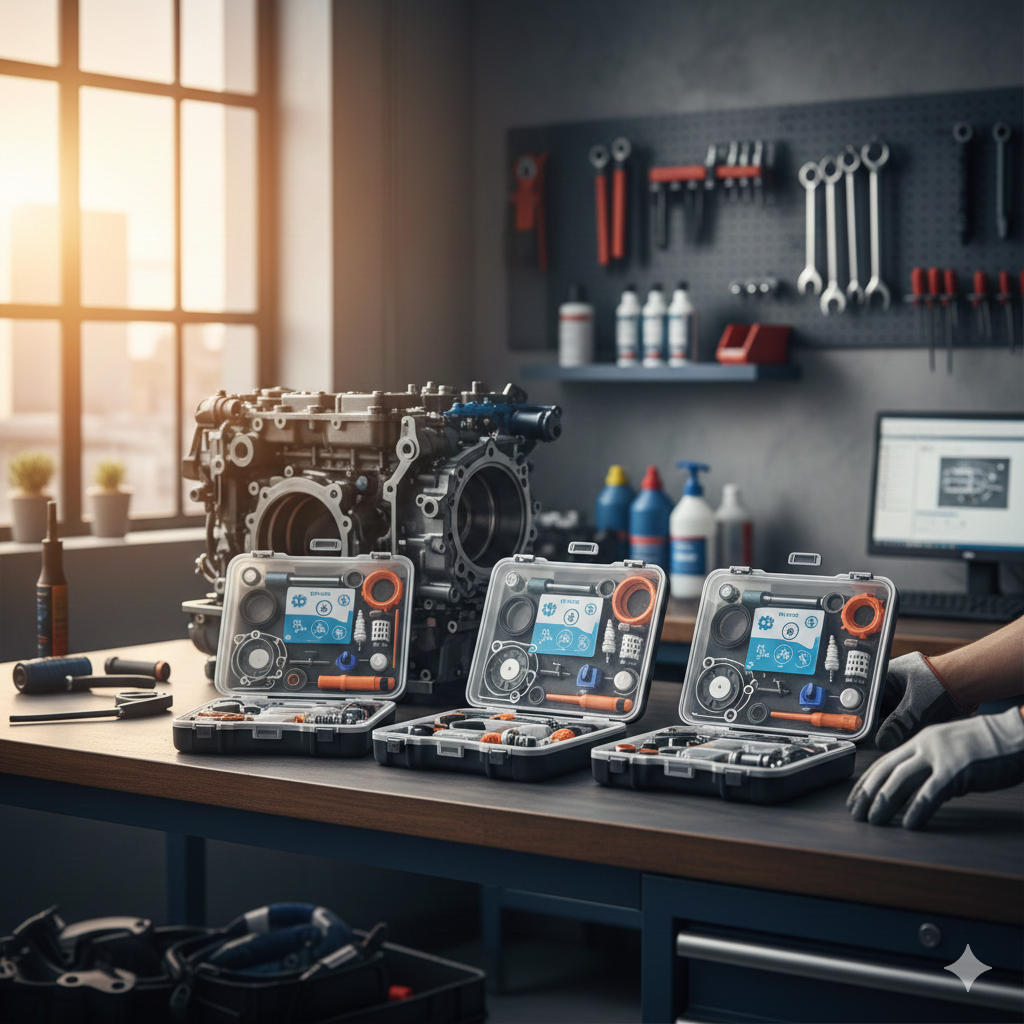Multi-Compartment Pill Dispenser
A multi-compartment pill dispenser provides separate sections for different medications or doses. This feature simplifies medication management for patients with multiple prescriptions and helps caregivers organize doses efficiently.
Automatic Pill Dispenser Machine Market: Revolutionizing Medication Management
The healthcare industry is undergoing a technological transformation, and one of the most notable innovations is the automatic pill dispenser machine. These devices are designed to improve medication adherence, reduce human error, and offer convenience to patients, especially the elderly and those managing multiple prescriptions. As the global population ages and the prevalence of chronic diseases rises, the demand for reliable medication management solutions is increasing significantly.
Understanding Automatic Pill Dispenser Machines
Automatic pill dispenser machines are sophisticated devices that store, organize, and dispense medication according to a pre-set schedule. Unlike traditional pillboxes, these machines offer precise dosing, reminders, and even alerts for caregivers if a dose is missed. Many models include advanced features such as mobile app integration, voice reminders, and connectivity with healthcare providers for real-time monitoring. By automating medication management, these devices reduce the risk of medication errors, which are a common concern in home healthcare.
These machines are particularly beneficial for elderly patients and those with cognitive impairments. Forgetting to take medications or taking them incorrectly can lead to serious health complications. Automatic pill dispensers ensure that each dose is taken at the right time, providing peace of mind to both patients and caregivers. Furthermore, healthcare facilities and pharmacies can benefit from these devices by streamlining medication distribution and reducing the burden on staff.
Market Overview and Growth Drivers
The automatic pill dispenser machine market is experiencing robust growth globally. The rising prevalence of chronic diseases such as diabetes, cardiovascular conditions, and neurological disorders is a key driver. Additionally, an aging population that requires continuous medication management is fueling demand. Technological advancements in healthcare devices and the growing trend of home healthcare solutions further contribute to market expansion.
For detailed market insights, you can explore the Automatic Pill Dispenser Machine Market report. This report highlights key trends, growth opportunities, and competitive landscapes that are shaping the industry. By understanding these insights, manufacturers and investors can strategize effectively to capitalize on the increasing demand for these devices.
Key Features and Innovations
Modern automatic pill dispenser machines are designed with multiple user-centric features. Some of the most common functionalities include:
-
Scheduled Dispensing: Machines release the correct dose at specified times, reducing the risk of missed or double doses.
-
Alerts and Notifications: Visual and auditory reminders ensure patients are aware of their medication schedule.
-
Remote Monitoring: Caregivers can monitor adherence through connected apps or cloud-based platforms.
-
Customizable Compartments: Many dispensers allow organization of multiple medications in separate slots to prevent cross-contamination or confusion.
-
Emergency Alerts: Some advanced models notify caregivers or healthcare providers in case of missed doses or malfunctions.
The integration of IoT and AI technologies in these devices is enhancing their intelligence and efficiency. For example, AI-enabled dispensers can predict medication adherence patterns and offer personalized reminders to optimize patient compliance.
Market Segmentation
The automatic pill dispenser machine market can be segmented based on type, end-user, and region.
-
By Type: The market includes desktop dispensers, portable dispensers, and smart dispensers. Desktop dispensers are generally used in healthcare facilities, whereas portable and smart dispensers are designed for home use.
-
By End-User: End-users include hospitals, clinics, home healthcare, and elderly care facilities. Home healthcare is emerging as a dominant segment due to the increasing preference for remote patient monitoring.
-
By Region: North America leads the market, driven by advanced healthcare infrastructure and a high adoption rate of smart medical devices. Europe and Asia-Pacific are witnessing significant growth, attributed to aging populations and rising healthcare awareness.
Benefits to Healthcare Providers and Patients
Automatic pill dispenser machines provide substantial benefits for both healthcare providers and patients. For healthcare providers, these devices reduce the workload of nurses and caregivers, minimize medication errors, and ensure compliance with treatment protocols. Hospitals and clinics can achieve better patient outcomes with automated adherence tracking, which is particularly critical for post-operative and chronic care patients.
Patients, on the other hand, gain independence and peace of mind. They no longer have to rely solely on memory or assistance from caregivers to manage their medications. This not only improves health outcomes but also enhances quality of life. For elderly patients living alone, automatic pill dispensers are an invaluable tool for maintaining health and safety.
Challenges and Market Restraints
Despite their advantages, the automatic pill dispenser machine market faces certain challenges. High initial costs can deter adoption, particularly in developing regions. Additionally, technical issues such as battery failure, connectivity problems, or incorrect dispensing can impact reliability. Privacy concerns related to connected devices and data sharing may also pose barriers, requiring manufacturers to ensure robust security protocols.
Furthermore, patient education and training are essential for effective use. Users must understand how to program the machine, refill compartments correctly, and respond to alerts. Addressing these challenges through innovation, support services, and awareness campaigns is critical for sustained market growth.
Future Outlook
The future of the automatic pill dispenser machine market looks promising. With the growing emphasis on patient-centric healthcare, the integration of smart technology, and rising investments in medical devices, the market is poised for continued expansion. Companies are likely to focus on enhancing device intelligence, connectivity, and user experience to attract a broader consumer base.





